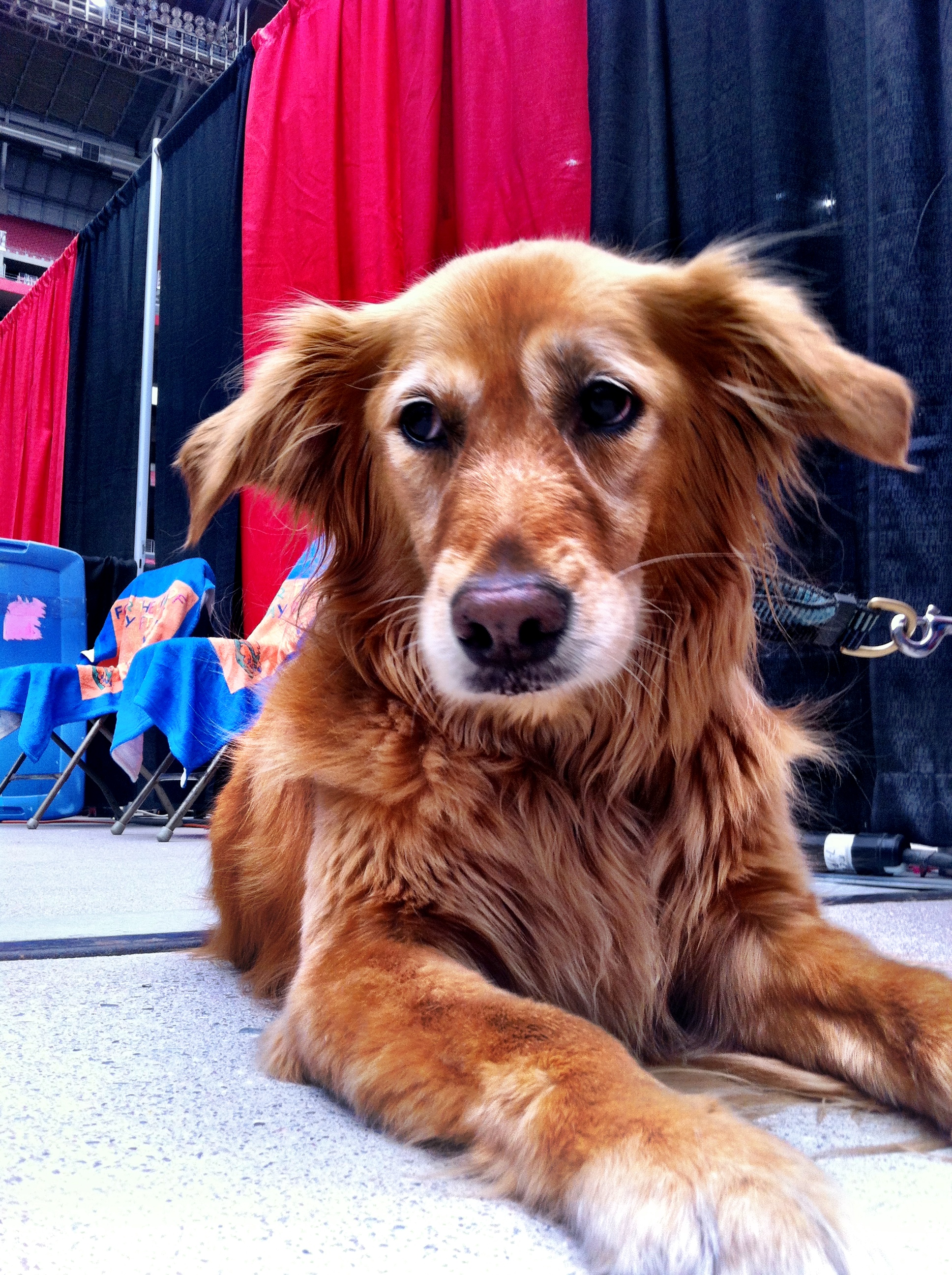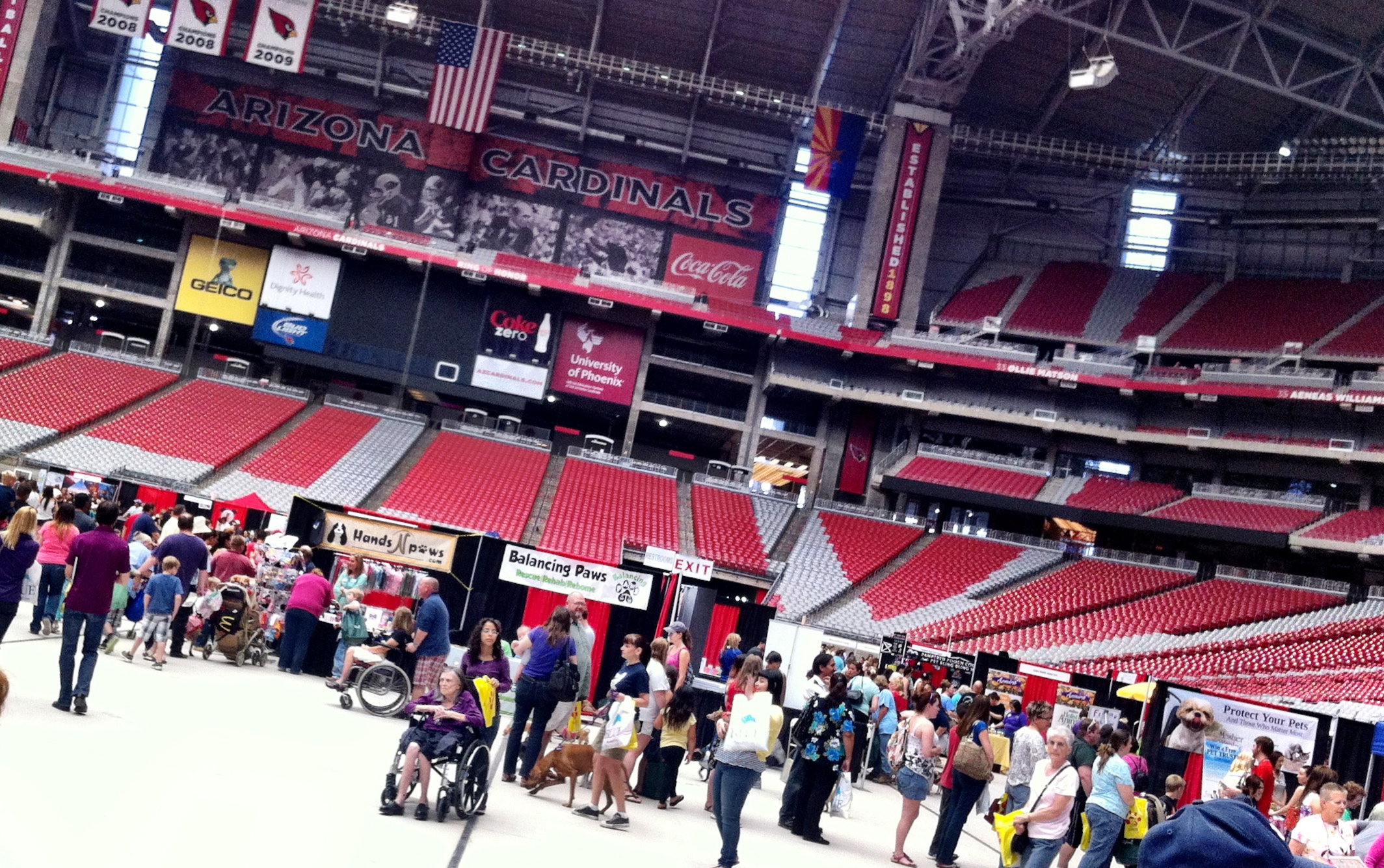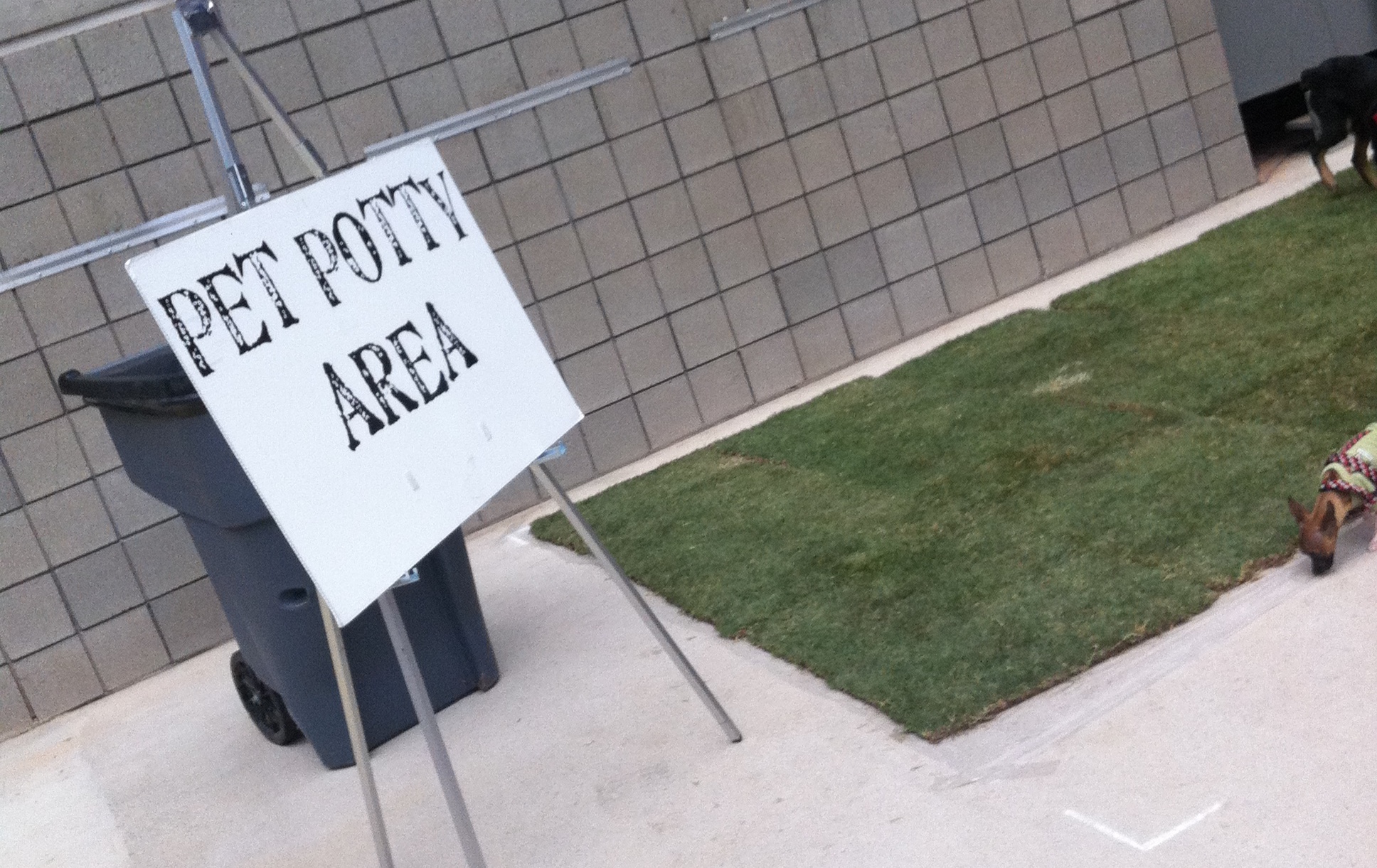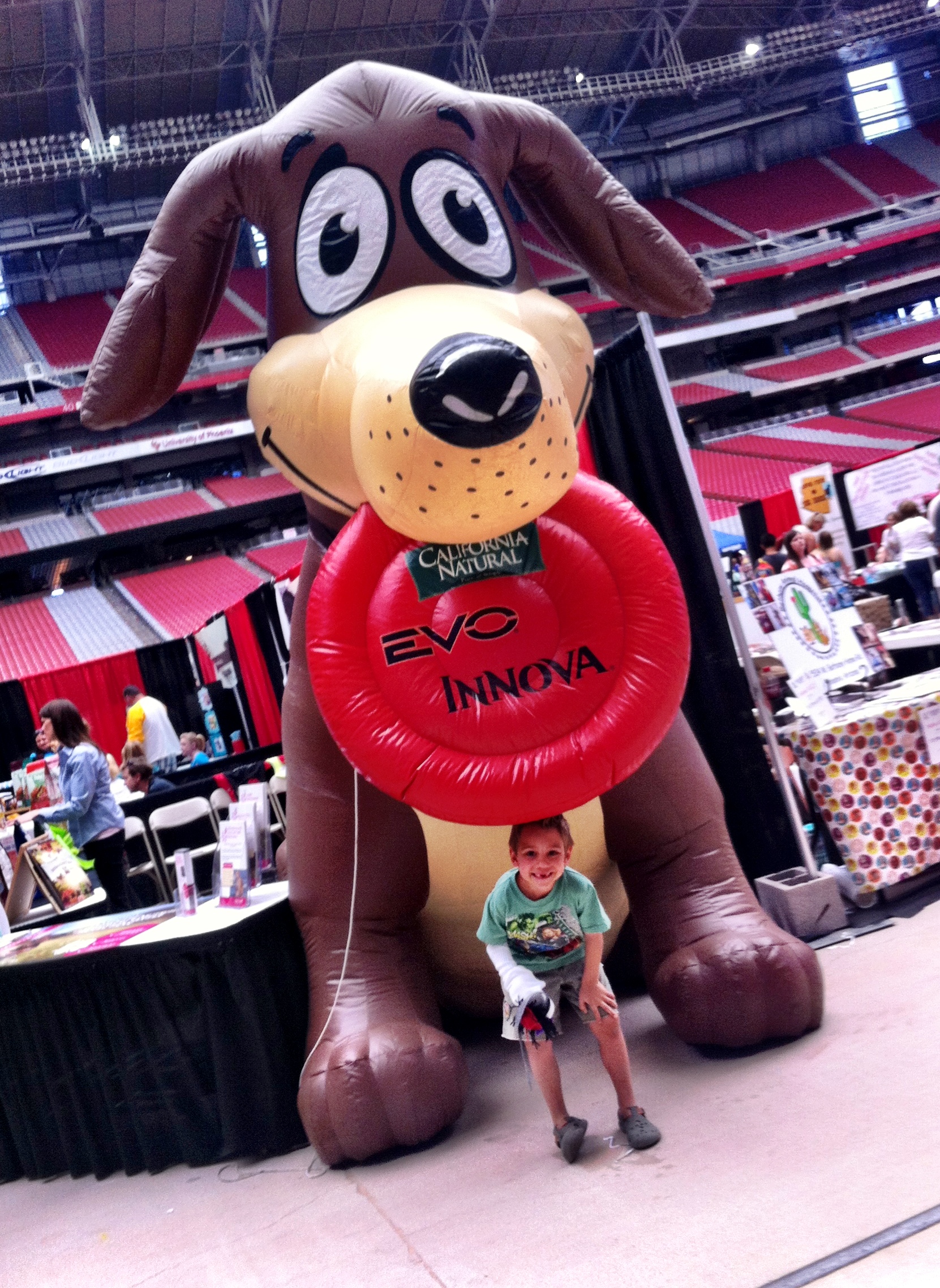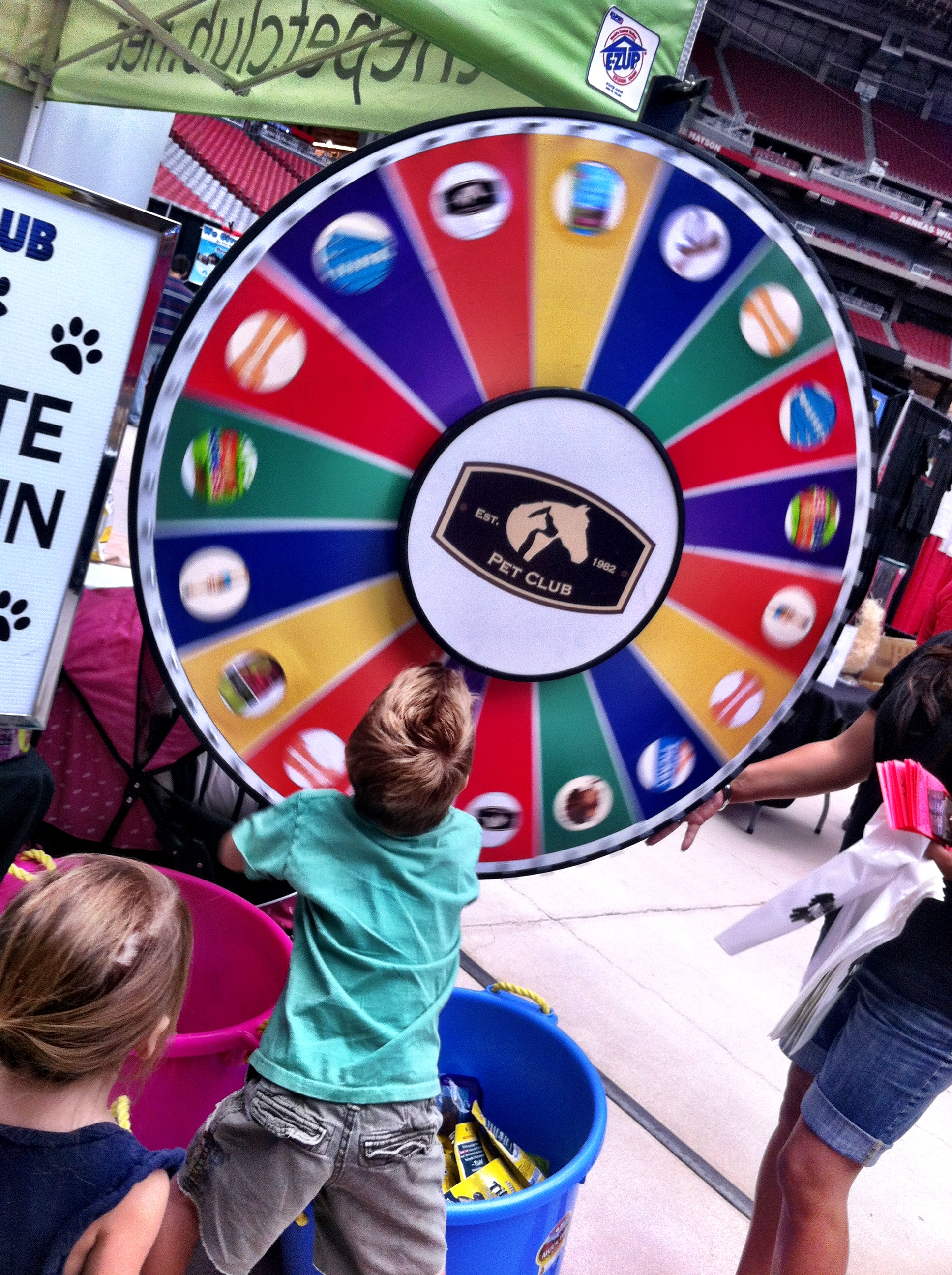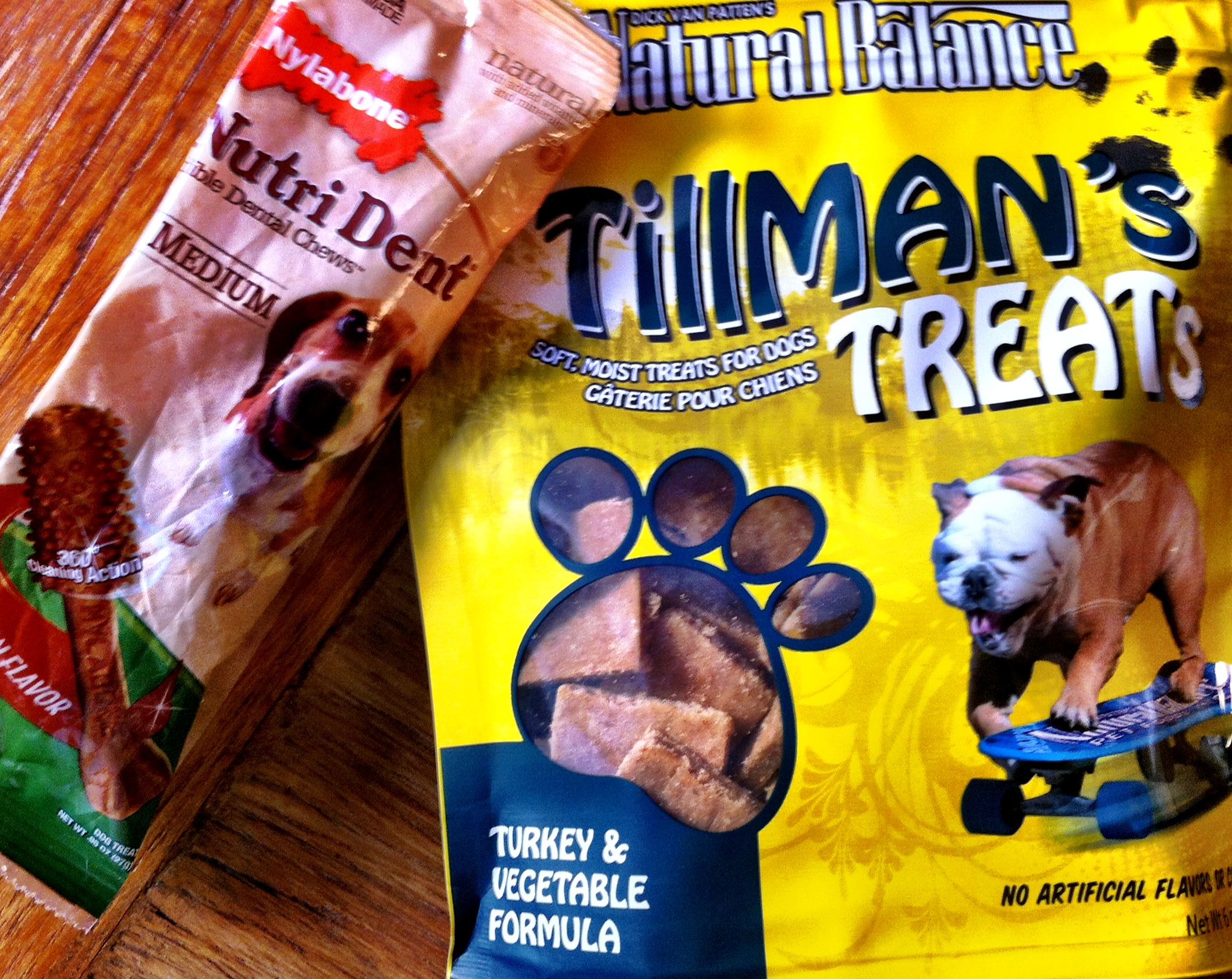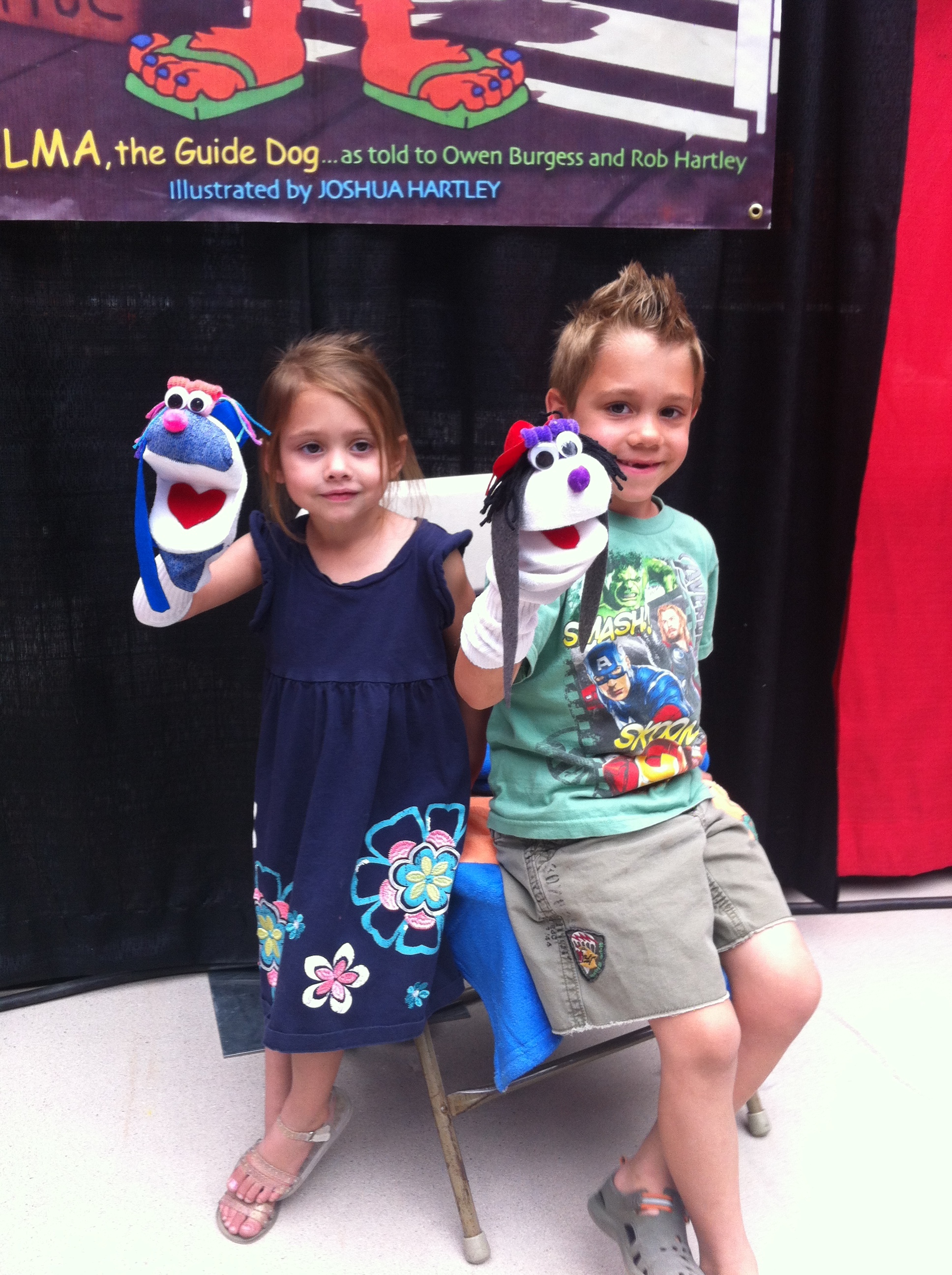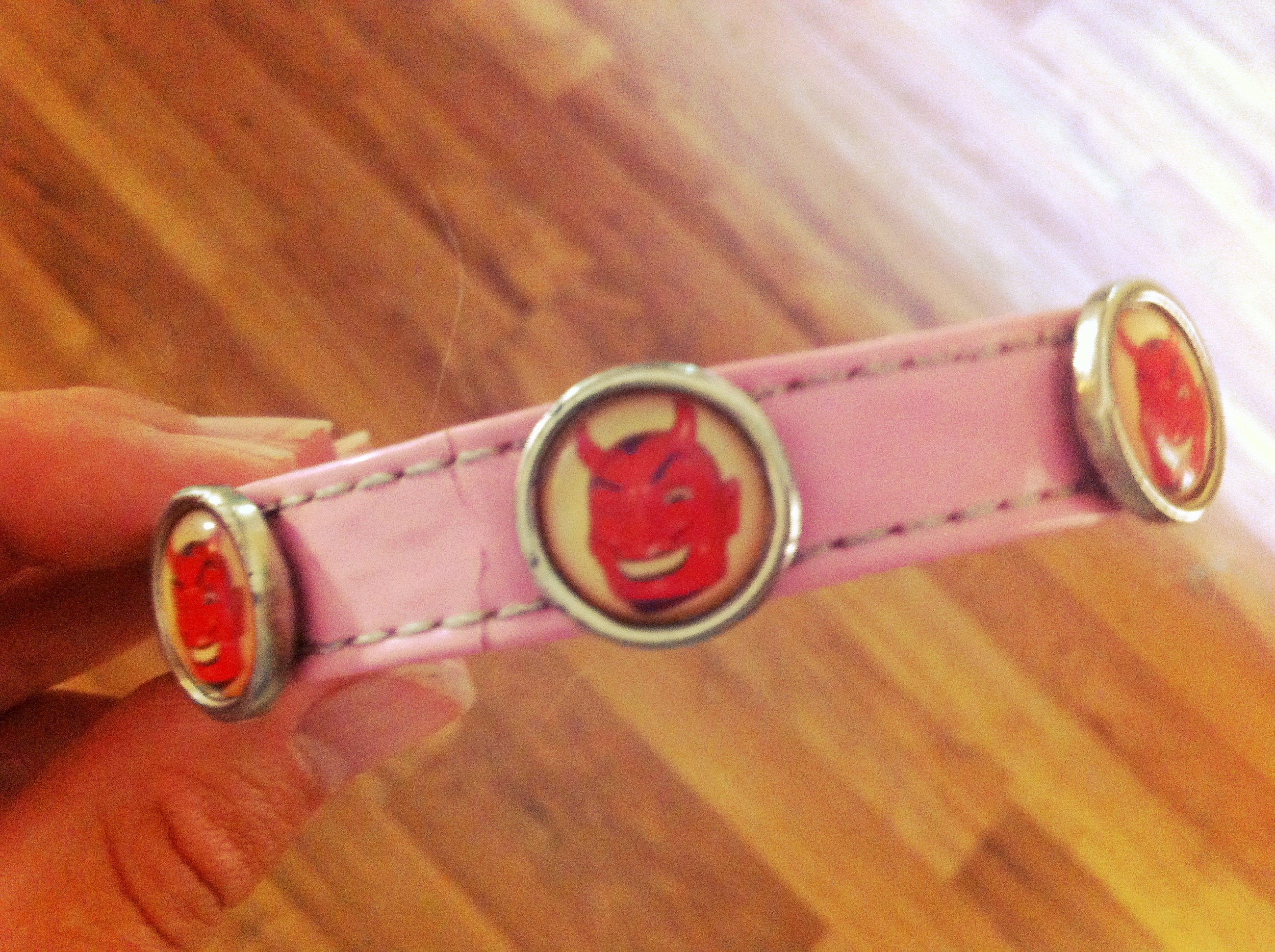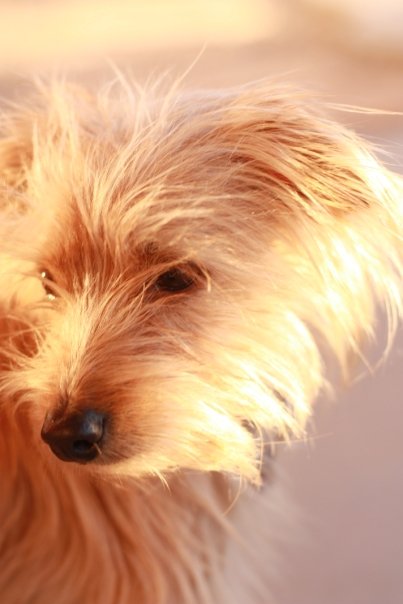Some animals I meet stay in my heart long after their need for my care is over. I can't say exactly why. I love all of the animals I see (well, maybe there have been a couple I could have done without), but we all have our favorites, no matter how awful that is to admit. There is just this different kind of bond that occurs with some. Sadie is one of those for me. She passed away some time ago, but I truly think of her every day.
Sadie was an eleven-year-old Shar-pei when her parents, June and Ron, called upon me to care for her while they would go out of town. Their home was perfectly kept, save for a border of dots and smears about a foot and a half up the wall all around their home. They were the markings Sadie made with her nose as she navigated her surroundings. Sadie was blind.
Sadie's dad, Ron, told me about how they were reluctant to take Sadie on when they first saw her, and she wasn't blind then. They were not considering another pet at the time. Isn't that how it always goes? Ron and June gave in to Sadie's charms when some friends brought her to them as a six-week-old puppy. "That night little Sadie just snuggled up to June and did not want to leave," Ron recalled. "We figured this was an omen and agreed to make her part of our family."
Ron explained that though Sadie was "truly a great dog and caused very little problems," there was that one incident with his father's toupée. Oh, and a separate incident with a bag of Hershey's Kisses. She was special, but not immune to common canine temptations.
Sadie acquired SARDS and lost her eyesight rapidly. She learned to swim out of necessity, after falling in the pool on several occasions. She adapted to new surroundings after a couple of moves, but when the family moved to Estrella, "she was very disoriented most of the time. Sometimes she couldn't find her way out and had to relieve herself inside. Other times she did find her way out, but could not find her way back in, and the 100+ degree weather would just wear her out," reflected Ron. "After two months of watching her fade...we decided that the best thing would be to put her down." Ron and June stayed with her until after she took her final breath. Her ashes were scattered in a field in northern Arizona amongst the flowers "where she could chase butterflies until we join her."
When I first met Sadie, I didn't think we'd connect very well. There was no sparkle in her eyes that happy, excited dogs usually get when they meet me. No panting, toothy smile. Just a droopy head and sad face. I thought she was smart and brave, but cautious. She knew where to find her food and water and where her doggie door was. She knew where the main pieces of furniture were, and she could navigate mostly without bumping into much, though it would make me sad if she'd miss a doorway or get stuck in a corner, confused, which would happen on occasion. And I would feel terribly guilty if I pulled a chair out to sit and saw her bump into it.
Sadie taught me how to interact with her, and every time I was with her, I learned a bit more. She loved to be pet, but a sudden pat on the head could be quite startling for her because she couldn't see it coming. I learned that if I told her I was going to pet her, she wouldn't flinch quite as bad, and if I kept my hand in contact with her, she quite enjoyed the attention.
Sadie knew where the furniture was, but she didn't always know where I was, so I learned to talk to her as I went about my business of filling her water bowl or scooping her poop in the back yard. That way, she could stand securely next to me and enjoy the company rather than be apprehensive about the possibility of bumping into me. I'd sound pretty silly chattering on about nothing, but we all act embarrassingly silly around our pets, right? RIGHT? Well, Sadie liked it, anyway.
She knew exactly where her doggie door was. Right next to the master bedroom slider. I would exit out the slider to clean the yard and hang out in the sun with her. Although I'd open the glass door wide and call to her, an opportunity not to be missed by a sighted dog, she'd still use her doggie door, a behavior of hers that always made me giggle.
She seemed to like me more and more as the months passed. She relaxed around me. And though I never saw that happy smile I longed for, she just seemed warmer, like she was smiling on the inside.
My main challenge with Sadie became filling the time. My pet sitting visits are about an hour in length, time usually spent taking a walk or playing fetch, activities too challenging for Sadie's condition. So I started bringing whatever novel I was reading at the time, and I'd sit and pet her while I read. I noticed that once I became quiet, stopping my chatter to read, Sadie would lose interest in me and wander off to be alone. But there's only so much you can chat about with a dog. So I started reading to her. I'd sit on the floor and start reading my book out loud. Instead of wandering off, She'd cock her head to the side and settle in next to me, sometimes even putting her head in my lap. The best way I can describe the experience is bonding. Just simple bonding. That type of intimacy is pretty special.
I often think of these reading times with Sadie. She didn't seem to have a preference for fiction or nonfiction. She didn't mind crude humor or historical diatribes. She liked it all, as long as she could hear me. Sometimes, now, when I sit down with a good book, I think of Sadie and wish her sweet little wrinkled head would be there to lay my hand upon and not let go.















